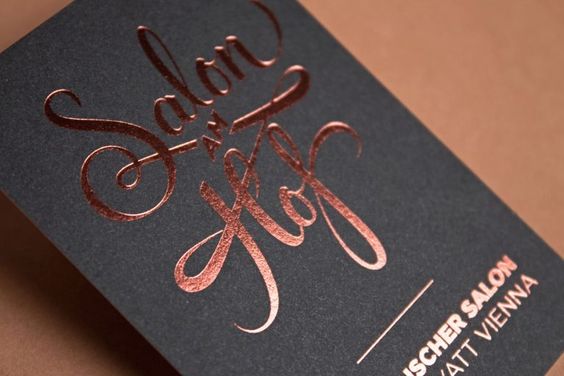Have you ever marveled at the beauty and craftsmanship of a well-bound book? The feeling of holding a carefully handcrafted piece of literature can transport you to another world. Behind this magic lies the art of case binding – a meticulous process that ensures books are aesthetically pleasing but also durable and long-lasting.

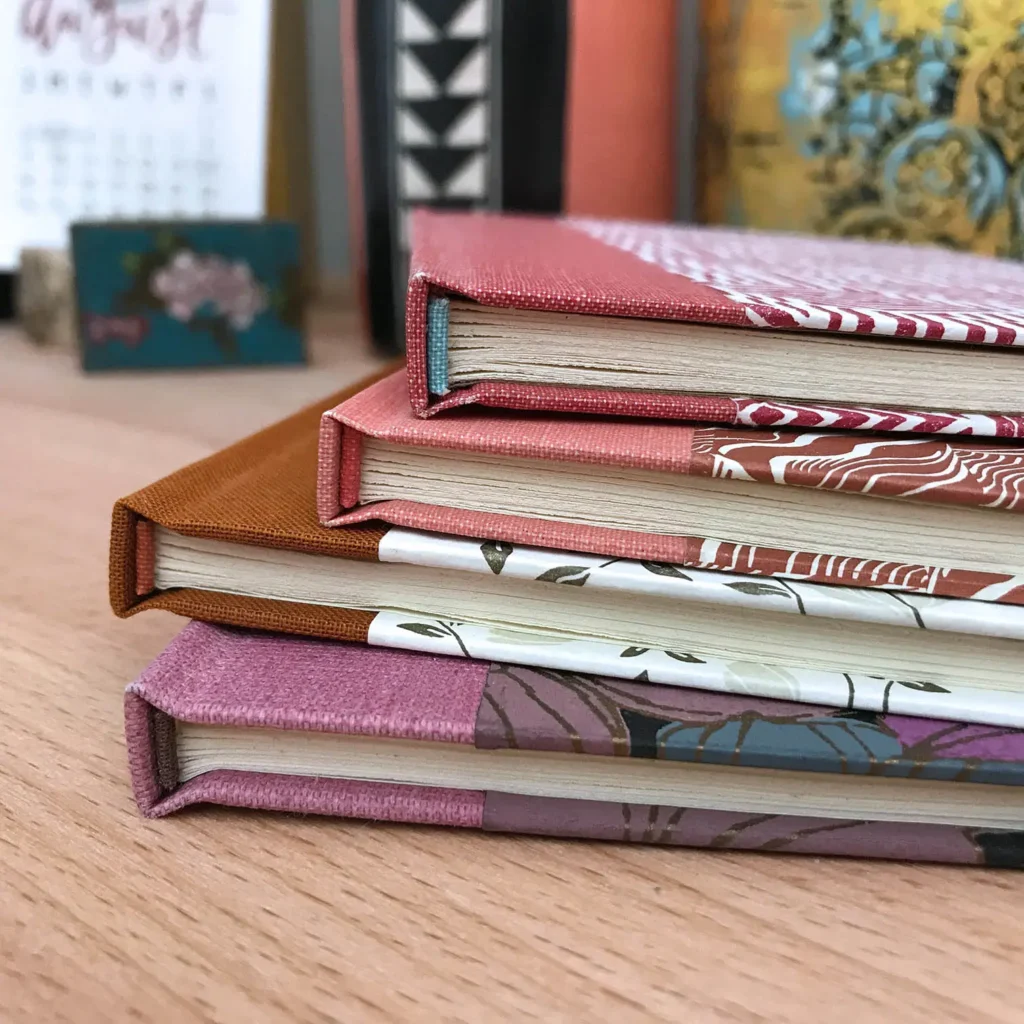
In this comprehensive guide, we’ll take you on a journey into the world of case binding. Whether you’re a novice, a bibliophile, or a seasoned bookbinder, this article will thoroughly understand case binding from all angles. So, let’s dive in!
Introduction to Case Binding
Case binding is a bookbinding technique that involves attaching the book block (the pages) to a rigid cover. This method is widely used in producing hardcover books, giving them the strength and durability necessary to withstand years of use.

The first step in case binding is to print and fold the25 25book’s pages. These folded pages, known as signatures, are gathered together and sewn or glued along the spine. Once the book block is complete, it is time to create the cover.
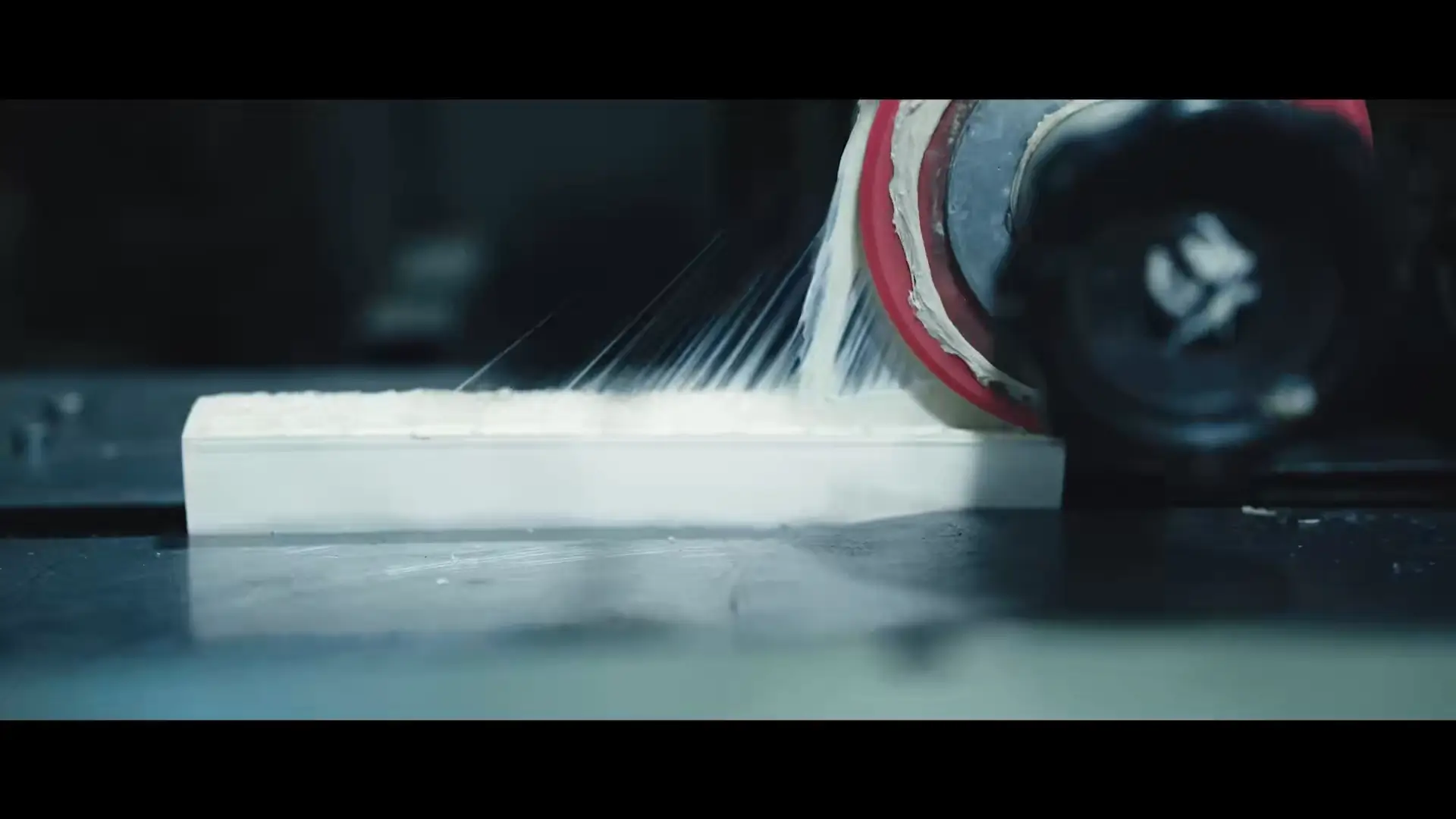
Creating the Cover
Board Selection
The cover of a case-bound book typically consists of two boards, one for the front and one for the back. These boards are made from sturdy materials such as binder boards or billboards. Binders’ board is a high-quality, acid-free material designed explicitly for bookbinding, while millboard is made from recycled materials and is a more affordable option.
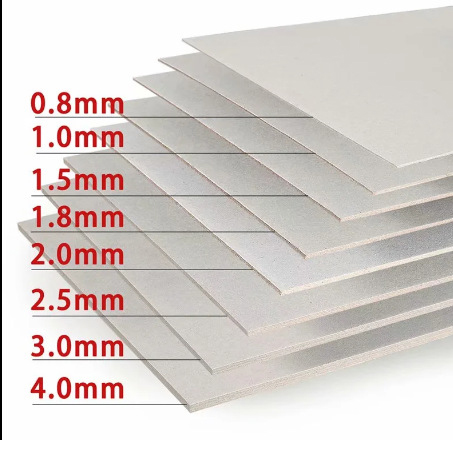
When selecting the boards for your cover, consider the thickness and rigidity required for your project. Thicker boards offer more protection but can make the book feel heavier, while thinner panels may result in a more lightweight book.
Cover Material
The cover material you choose is crucial in determining the appearance and durability of the finished book. Common cover materials include book cloth, leather, and paper.
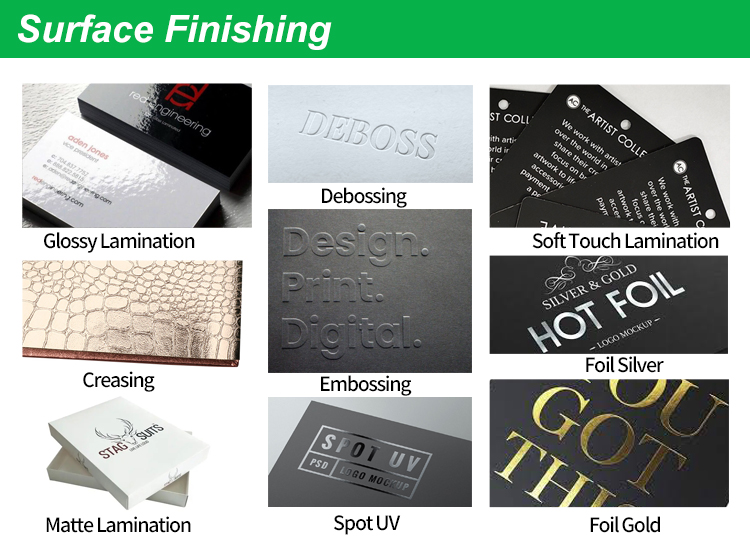
Book cloth is a versatile and durable option in various colors and textures. It can be stamped, embossed, or printed to create unique designs. Leather, on the other hand, exudes elegance and sophistication. It is a more expensive option but provides a luxurious feel. Paper covers are often used for paperback books and can be laminated or coated to enhance durability.
Cover Design
Once you have selected the cover material, it’s time to consider the design. This is where your creativity can shine. You can keep it simple with a solid color and title or opt for intricate patterns, illustrations, or even embossed images.
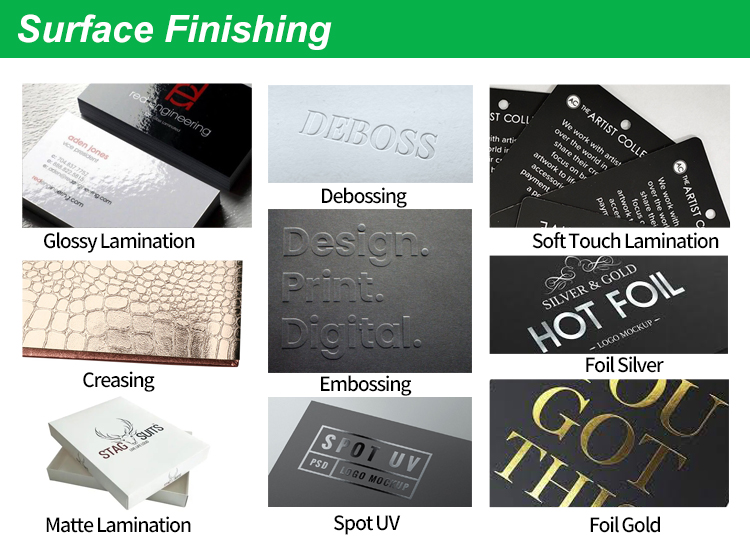
Think about the book’s overall theme and how the cover design can reflect its content. A well-designed cover can entice potential readers and make your text stand out on the shelf.
Assembling the Case
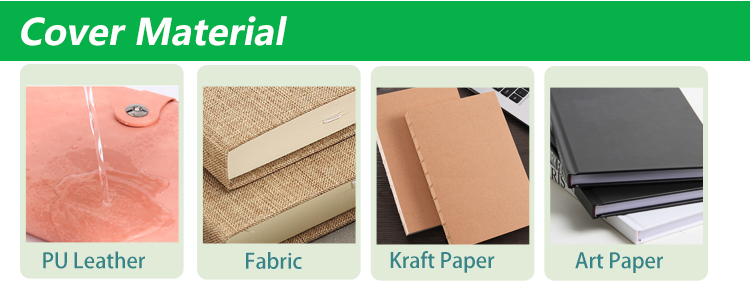
Spine Preparation
Before attaching the cover to the book block, prepare the spine. This involves trimming any excess material from the sewn or glued edge of the book block, creating a smooth surface for the adhesive.
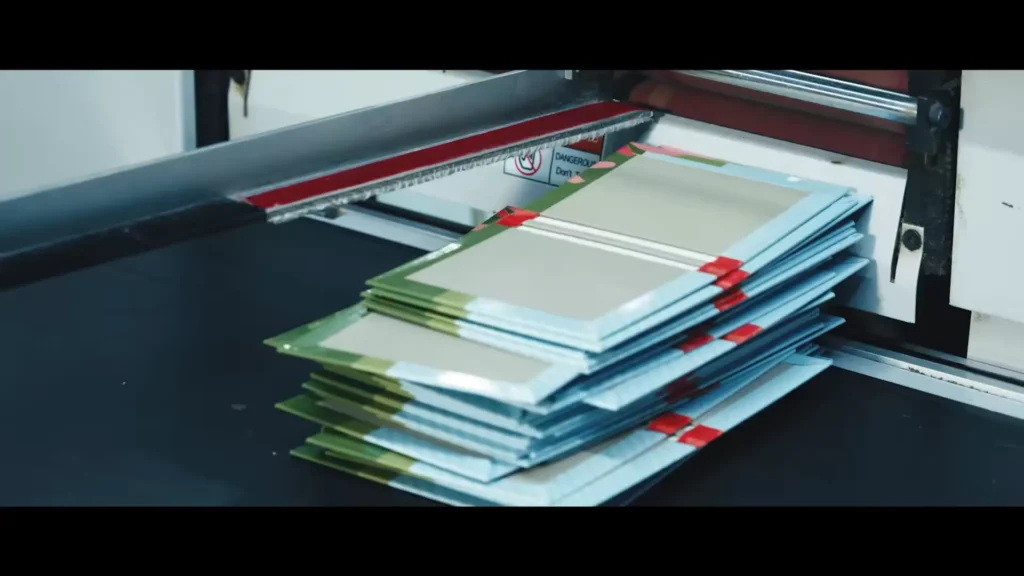
Include a spine piece, also known as a backbone strip or Mull. This strip is placed along the spine to provide extra support and flexibility. It can be made from various materials, such as book cloth or linen tape, and is attached using a strong adhesive.
Attaching the Cover
Now comes the exciting part – attaching the cover to the book block. Start by applying glue or adhesive to the book block’s spine and the board’s inner surface. Carefully position the book block onto the cover, ensuring it is centered and aligned.
Next, fold the cover material around the boards, creating flaps known as turn-ins. These turn-ins will be glued to the inside of the panels, securing the book block in place. Smooth any wrinkles or air bubbles, applying pressure to ensure a strong bond.
Finishing Touches
Headbanging
Headbanding is the process of attaching decorative fabric or thread to the head and tail of the spine. It not only enhances the visual appeal of the book but also provides additional support to the spine.
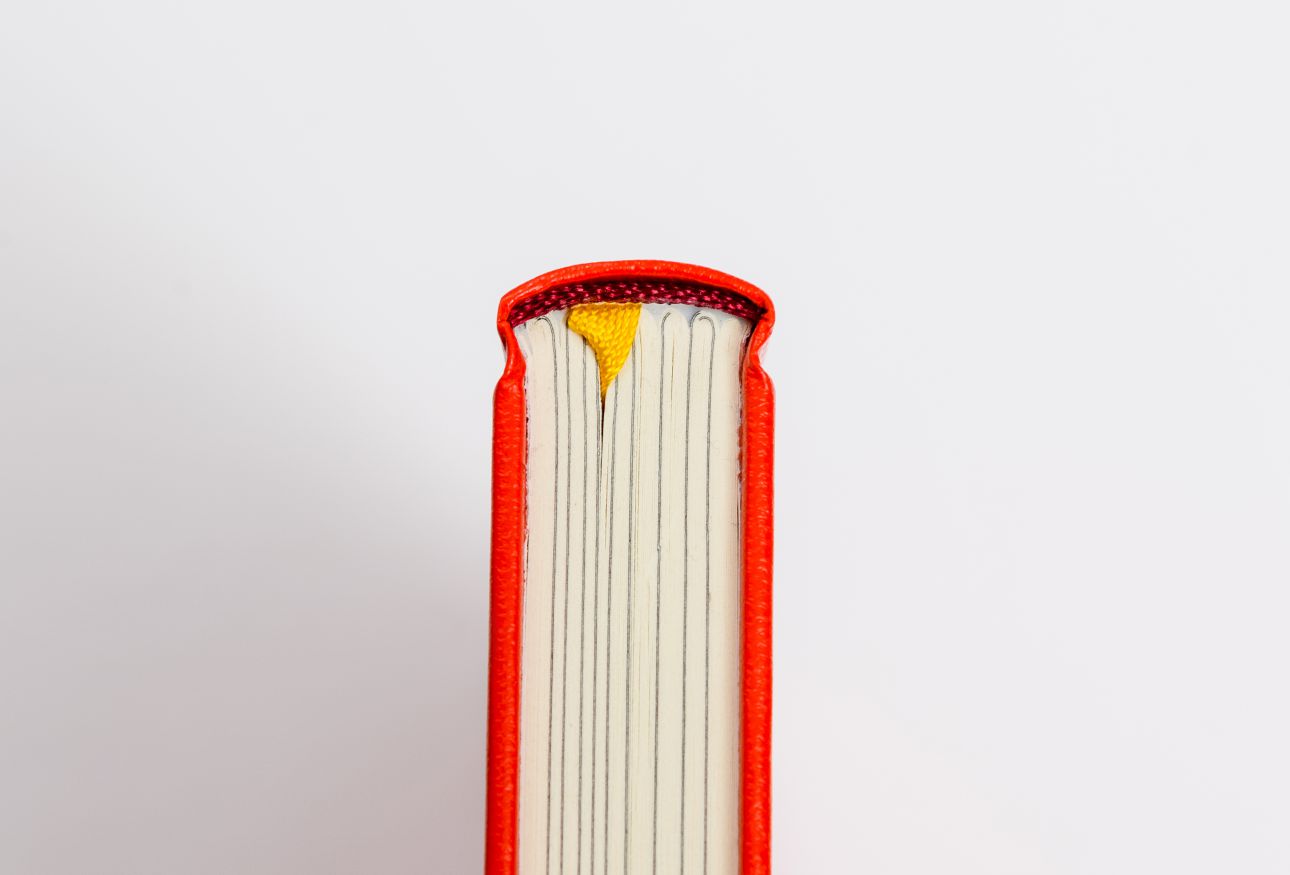
There are two main types of headbands – sewn headbands and adhesive headbands. Sewn headbands involve hand-stitching threads onto the spine, while adhesive headbands are pre-made and can be glued to achieve the desired effect. Both options offer various colors and styles to complement your book design.
Cover Decoration
To add the final touches to your case-bound book, consider additional decorations such as foil stamping, embossing, or debossing. These techniques can highlight the title, author’s name, or any other design elements on the cover.
Foil stamping involves transferring a metallic or colored foil onto the cover using heat and pressure. Embossing and debossing create raised or recessed impressions, respectively, on the surface of the body. These decorative techniques require specialized equipment but can significantly elevate the overall look of your book.
Caring for Case-Bound Books
Now that you’ve unlocked the art of case binding, knowing how to care for your prized possessions is essential. Here are a few tips to ensure the longevity of your case-bound books:
- Store your readers in a cool, dry environment to prevent mold and mildew growth.
- Avoid direct sunlight, as it can fade the cover material and cause the pages to become brittle.
- Handle the books with clean hands to avoid transferring oils and dirt onto the cover or pages.
- Use bookmarks or gentle pressure to prevent excessive strain on the spine and binding.
- If necessary, dust the books with a soft, dry cloth or use a book-specific brush to remove dirt or debris.
More Bookbinding Tips-Exploring Various Bookbinding Techniques: A Comprehensive Guide
Conclusion
Case binding is an art form combining creativity, precision, and craftsmanship. From selecting the perfect cover materials to assembling the case and adding finishing touches, every step contributes to creating a beautiful and enduring book.
We hope this comprehensive guide has provided valuable insights and tips for unlocking the art of case binding. Whether you’re an aspiring bookbinder, a curious reader, or appreciate the beauty of books, this guide has equipped you with the knowledge to delve deeper into the world of case binding.
So go ahead, explore your creativity, and embark on your case-binding journey. One day, your creations will grace the shelves of book lovers worldwide.
Happy binding!

